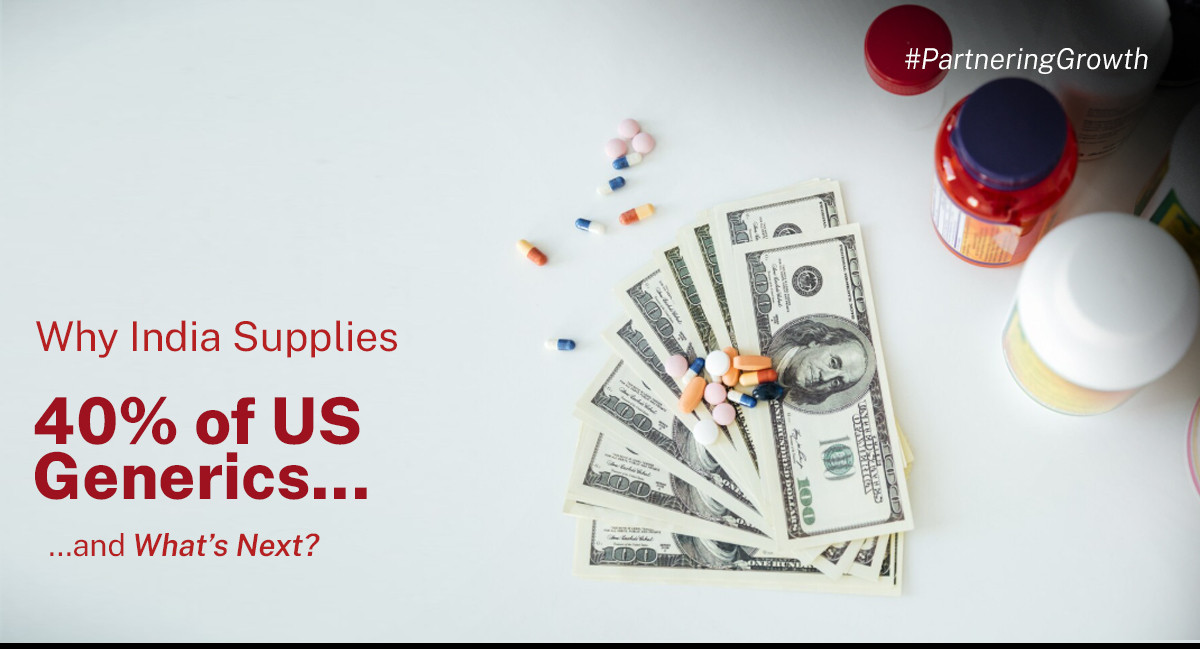


India has emerged as one of the most significant players in the global pharmaceutical industry, and nowhere is this more visible than in the U.S. generic drug market. Generics form the backbone of affordable healthcare, and Indian companies have built a reputation as reliable suppliers of these essential medicines.
How India Became a Global Generics Hub
India’s journey in generics is rooted in policies that encouraged domestic pharma manufacturing, alongside a strong base of scientists, engineers, and chemists. Over time, Indian firms developed the scale, infrastructure, and know-how needed to supply cost-effective medicines worldwide.
Today, the U.S. is the largest market for pharmaceuticals, sourcing a significant share of its generics from India, underlining the trust and dependence built over decades.
The Cost and Scale Advantage
Producing medicines in India remains more cost-efficient than in many Western countries. This is due to:
• Lower production and labour costs
• Modern, high-capacity manufacturing plants
• A large talent pool of trained professionals
These advantages allow Indian companies to provide affordable medicines at scale, making them attractive partners for healthcare systems like the U.S., where cost control is a critical concern.
Quality and Regulatory Compliance
India also hosts one of the highest numbers of manufacturing plants approved by the U.S. FDA outside America. This reflects the industry’s ability to meet stringent international standards.
While the sector has faced challenges, including quality audits and regulatory scrutiny, it has responded by strengthening compliance, improving systems, and investing in sustainable, transparent practices.
What’s Next for India’s Pharma Story
Looking ahead, India’s role is expected to grow in new ways:
• Patent expiries: As more blockbuster drugs in the U.S. lose exclusivity, Indian companies are well placed to introduce lower-cost generics.
• Complex generics and biosimilars: The industry is moving into advanced formulations like injectables, inhalers, and biologic drugs, which could unlock higher-value opportunities.
• Innovation and R&D: Companies are investing in research to expand beyond generics, positioning India as not just a supplier, but also an innovator.
• Global shifts: Supply chain diversification, stricter ESG requirements, and trade dynamics will shape the next phase of India’s pharma growth.
Conclusion:
India’s rise in the U.S. generics market is the result of decades of investment in scale, cost efficiency, and quality systems. While challenges remain, the future offers significant opportunities in complex medicines and innovation. What began as a story of affordable generics is now evolving into a broader vision, with India set to play an even more influential role in global healthcare.